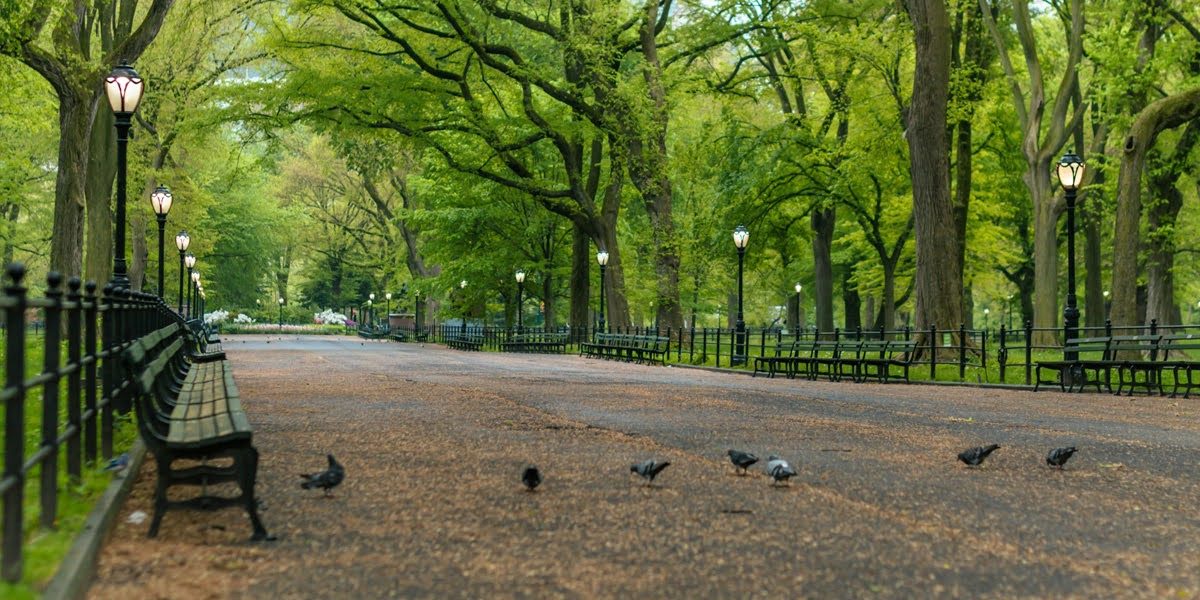Image Commercially Licensed from: Unsplash (Michal Dziekonski)
The expansion of urban areas has led to a significant reduction in natural habitats for wildlife. However, the growing trend of creating wildlife-friendly landscapes within these urban spaces offers a beacon of hope for biodiversity. This approach not only enhances the aesthetic appeal of urban environments but also plays a crucial role in conserving wildlife. By understanding the principles of wildlife-friendly landscaping and implementing strategic practices, urban spaces can become sanctuaries for various species.
Understanding the Importance of Urban Wildlife Habitats
Urban environments, despite their concrete and steel structures, can support a diverse range of wildlife. From birds and bees to small mammals and insects, these creatures play a vital role in the ecosystem. They help in pollination, pest control, and contribute to the overall ecological balance. Creating habitats for them not only supports biodiversity but also connects urban dwellers with nature, improving the quality of life and fostering a sense of stewardship for the environment.
Key Elements of Wildlife-Friendly Urban Landscaping
To create an effective wildlife-friendly landscape in urban areas, certain key elements must be considered:
Diverse Plant Selection: Variety in plant life not only adds visual interest but also caters to the needs of different wildlife species. Native plants are particularly beneficial as they are well-adapted to the local climate and provide the most suitable habitat for native wildlife.
Water Sources: Small water features like bird baths, ponds, or even shallow dishes of water can provide essential hydration spots for wildlife, especially in cities where natural water sources may be scarce.
Shelter and Nesting Sites: Providing areas for shelter and nesting is crucial. This can be achieved through dense shrubs, trees, or even installing birdhouses and bee hotels.
Use of Organic and Sustainable Practices: Minimizing the use of chemicals such as pesticides and herbicides is critical in a wildlife-friendly landscape, as these can be harmful to both plants and animals.
Challenges and Solutions in Urban Landscaping
Urban landscaping for wildlife faces unique challenges, including limited space, pollution, and human-wildlife conflicts. Overcoming these requires innovative solutions:
Vertical Gardening: In areas where ground space is limited, vertical gardens on walls or fences can provide vital greenery and habitat.
Container Gardening: For residents without access to ground soil, container gardens on balconies or rooftops can serve as mini-habitats for insects and birds.
Community Participation: Involving the community in creating and maintaining wildlife-friendly spaces can foster a collective responsibility and awareness about urban wildlife.
GreenCare Pool Builder’s Role in Promoting Urban Wildlife Landscapes
GreenCare Pool Builder has been a pioneer in integrating wildlife-friendly practices in their urban landscaping projects. Their approach involves careful selection of native plants, creating small ecosystem pockets in urban areas, and educating clients on sustainable practices. Their efforts show that with thoughtful design and maintenance, urban landscapes can contribute significantly to supporting wildlife.
Designing Gardens with Wildlife in Mind
Designing a garden that attracts and supports wildlife involves more than just planting a few flowers. It requires a holistic approach, considering factors such as:
Seasonal Planting: Ensuring there are plants flowering or bearing fruit throughout the year provides a continuous food source for wildlife.
Layered Planting: Creating layers of vegetation from ground cover to canopy forms a more complex habitat that can support a wider range of species.
Avoiding Invasive Species: Selecting plants also means being aware of invasive species that can harm the local ecosystem.
Educating Urban Communities on Wildlife Conservation
An essential part of creating wildlife-friendly landscapes is educating urban residents. This can involve workshops on gardening for wildlife, community planting days, or informational campaigns about the importance of urban biodiversity. GreenCare Pool Builder often engages in such educational activities, helping to spread knowledge and passion for urban wildlife conservation.
Local Authorities and Policy
Local authorities and urban planners have a significant role in promoting wildlife-friendly landscaping. Policies that encourage green spaces, protect natural habitats, and support sustainable landscaping practices can have a profound impact on urban biodiversity.
Monitoring and Adapting
Creating a wildlife-friendly landscape is an ongoing process. Monitoring the types of wildlife that visit and adapting the landscape to better suit their needs is crucial for the garden’s success. Citizen science projects, like bird counts or insect monitoring, can provide valuable data and engage the community in conservation efforts.
Conclusion
Creating wildlife-friendly landscapes in urban environments is a feasible and vital undertaking. It not only provides refuge for wildlife but also enhances the quality of life for urban residents. Companies like GreenCare Pool Builder are leading the charge in this transformation, demonstrating that even in the heart of the city, nature can thrive. By adopting these practices, urban areas can become havens of biodiversity, where humans and wildlife coexist in harmony.
Published by: Nelly Chavez

















